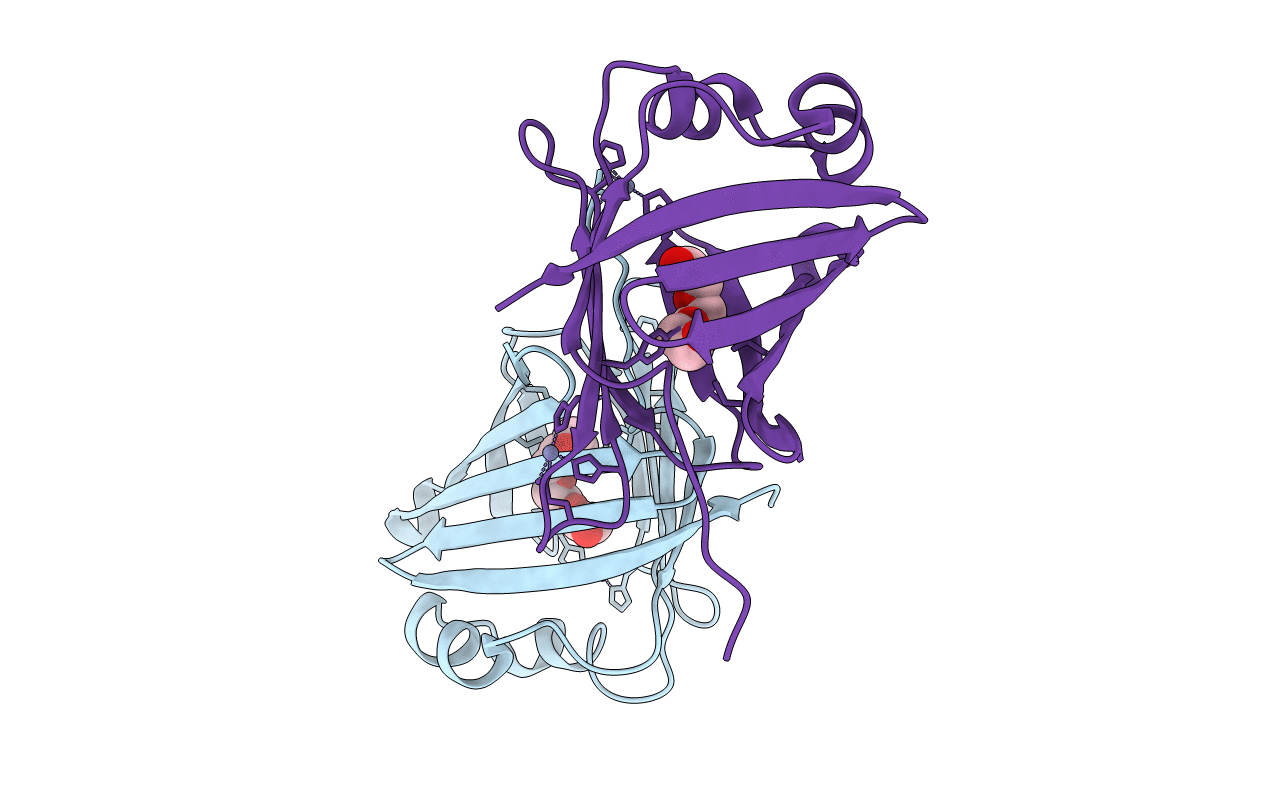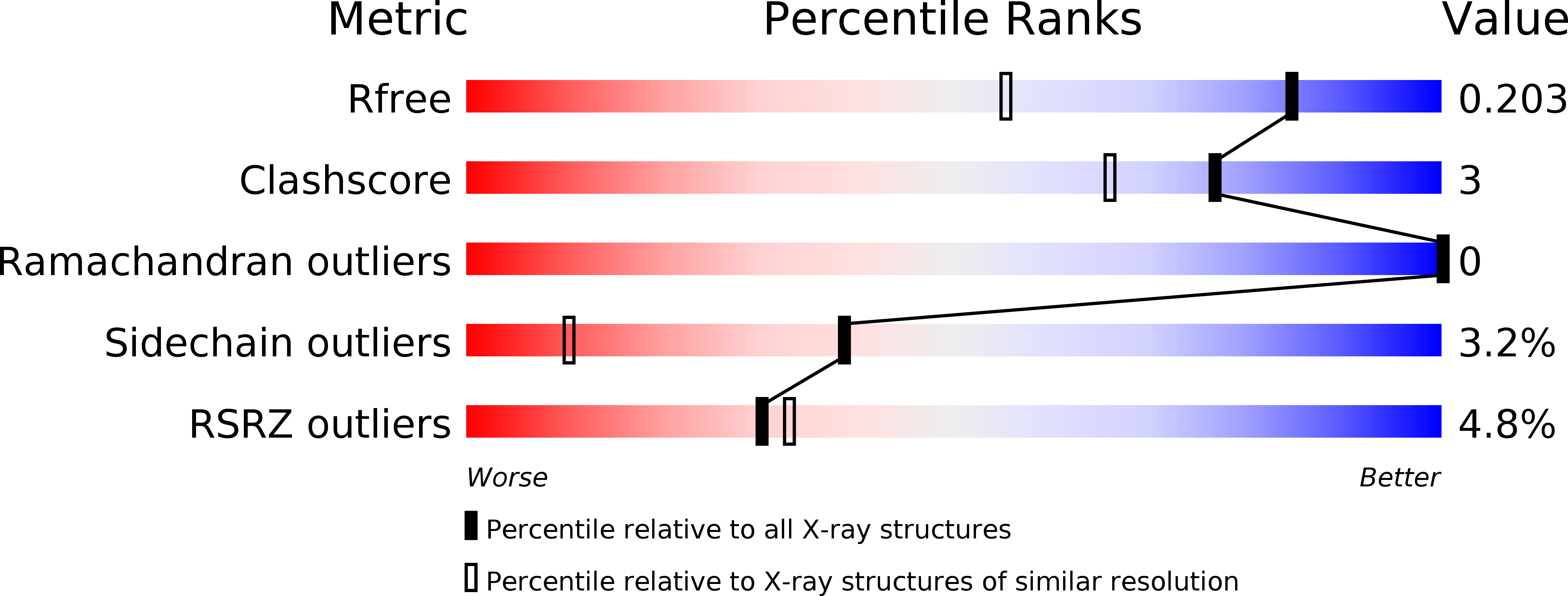
Deposition Date
2018-01-11
Release Date
2018-04-11
Last Version Date
2023-11-22
Entry Detail
PDB ID:
5Z4G
Keywords:
Title:
Crystal structure of secretory abundant heat soluble protein 4 from Ramazzottius varieornatus
Biological Source:
Source Organism:
Ramazzottius varieornatus (Taxon ID: 947166)
Host Organism:
Method Details:
Experimental Method:
Resolution:
1.50 Å
R-Value Free:
0.20
R-Value Work:
0.15
R-Value Observed:
0.16
Space Group:
P 1


